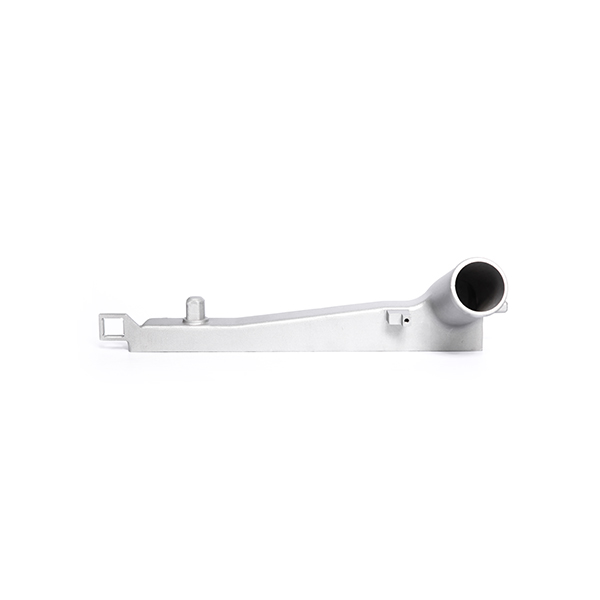Mobile:+86-311-808-126-83
Email:info@ydcastings.com
French
Understanding the Differences Between Forging and Casting in Metalworking Techniques
Forging and Casting An Overview
Forging and casting are two fundamental manufacturing processes used to shape and create metal parts. Both techniques have been utilized for thousands of years, evolving in technology and application. Understanding the differences, advantages, and typical applications of forging and casting can help industries select the most suitable method for their specific needs.
Forging Explained
Forging is a manufacturing process that involves shaping metal using localized compressive forces. This process can be performed at various temperatures cold, warm, or hot. In cold forging, the metal is shaped at room temperature, which enhances its strength through work hardening. Hot forging involves heating the metal to a temperature that makes it malleable, allowing for easier shaping without breaking.
The primary advantage of forging is the superior mechanical properties of the finished product. Because the material is deformed under high pressure, the grain structure is refined and aligned, resulting in greater strength and toughness. Complicated shapes can also be achieved through techniques such as open-die, closed-die, and swaging forging.
However, forging is typically limited to simple shapes and can require significant tooling investment. It is generally more costly for small production runs but becomes economical at larger volumes.
Casting Defined
Casting, on the other hand, is a process that involves pouring molten metal into a mold to create a specific shape. Once the metal cools and solidifies, the mold is removed, leaving behind the desired part. This method can accommodate more intricate designs and allows for the formation of complex geometries that would be difficult or impossible to achieve through forging.
There are many casting methods, including sand casting, investment casting, die casting, and more. Sand casting, for instance, uses a mixture of sand and a bonding agent to form the mold, whereas die casting uses a metal die to produce high-volume, precision parts.
The main advantage of casting is its versatility and ability to produce large quantities of intricate shapes with relatively low tooling costs for high-volume productions. However, casting can lead to issues like porosity, inclusions, or defects within the part due to the cooling process and the nature of the mold used.
what is forging and casting

Comparing the Two Processes
When comparing forging and casting, one must consider multiple factors such as material properties, production volumes, and the complexity of the desired parts.
- Material Properties Forged components typically exhibit superior mechanical properties due to the refined grain structure and alignment of the metal. They tend to have higher fatigue strength and resistance to impact. Conversely, cast components may be less strong but can achieve more complex shapes.
- Production Volume Forging is generally more cost-effective for high-volume production runs where mechanical strength and reliability are critical. Casting, however, shines in low to medium volume applications where complex shapes are required, making it the go-to choice for prototypes or one-off designs.
- Complexity of Parts For simple, robust designs that require high strength, forging is preferred. Conversely, for intricate designs with thin walls or elaborate features, casting is often the better option.
Applications of Forging and Casting
Both processes are essential in various industries, including automotive, aerospace, construction, and machinery. Forged components can be found in parts like crankshafts, gears, and connecting rods, where strength is paramount. Cast components are widely used for engine blocks, pump housings, and artistic sculptures, where intricate shapes are necessary.
Conclusion
In summary, forging and casting are two critical methods in metal manufacturing, each with unique advantages under different circumstances. Understanding their characteristics, along with the requirements of specific applications, enables manufacturers to make informed choices, ultimately leading to enhanced product performance and efficiency. Whether opting for the robust strength of forged components or the design flexibility of cast parts, both processes will continue to play a pivotal role in shaping the future of manufacturing.











